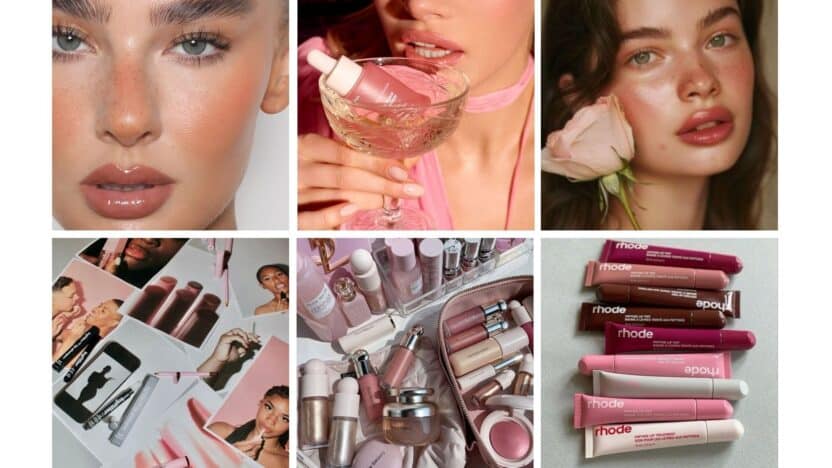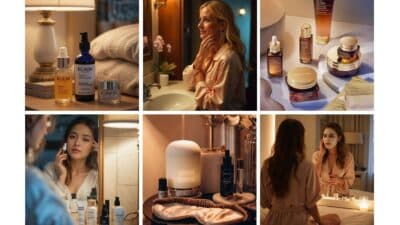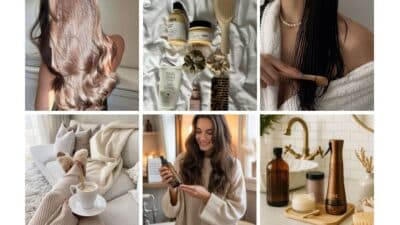You don’t need layers of contour and heavy powders to look polished. Natural makeup focuses on enhancing your real features with lightweight products that let your skin breathe and shine through. Instead of reshaping your face, this approach highlights what’s already there in a subtle, effortless way.
By choosing softer techniques, you create a look that feels fresh and modern without the extra steps. A touch of tinted moisturizer, a sweep of cream blush, and a hint of gloss can do more for your everyday style than a full contour routine ever could.
This shift away from dramatic sculpting shows that less really can be more. When you embrace natural makeup, you simplify your routine and achieve a look that feels comfortable, timeless, and easy to maintain.

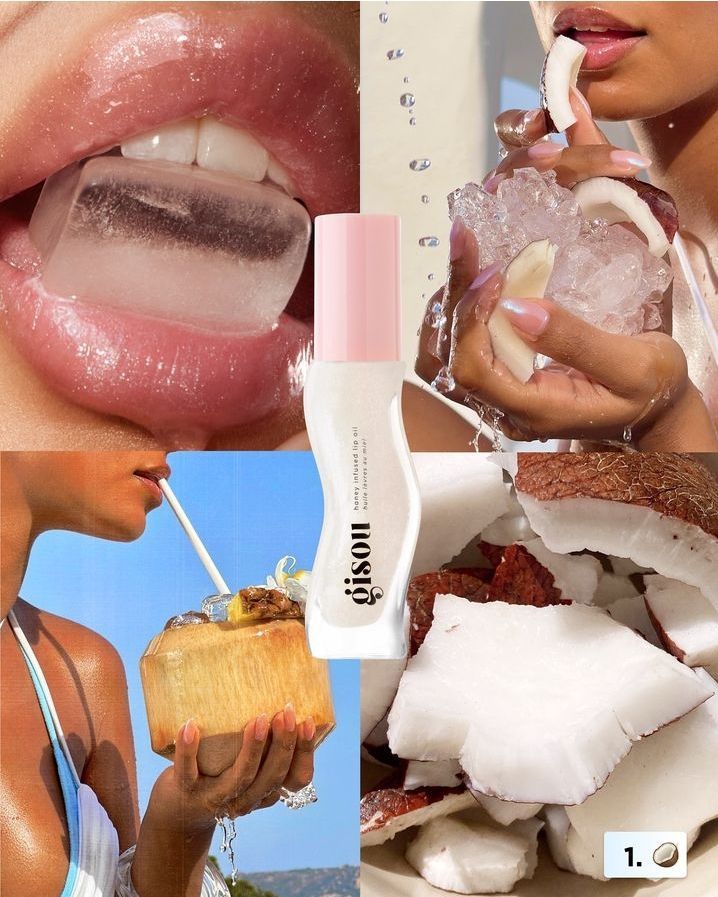

Key Takeaways
- Natural makeup enhances features without heavy contouring
- Simple techniques create a fresh and effortless look
- Lightweight products make routines easier and more comfortable
The Shift From Contouring to Natural Makeup
Makeup routines are moving away from heavy sculpting and toward skin-focused techniques. You now see products and styles that highlight natural features, prioritize lighter coverage, and encourage healthier long-term habits.
Evolution of Makeup Trends
Contouring once defined beauty routines, with sharp lines and dramatic shading shaping faces into precise angles. You probably remember how tutorials emphasized complex steps with powders, creams, and brushes.
In recent years, that style has softened. Instead of full-coverage foundations and bold contour palettes, you now see tinted moisturizers, cream blushes, and subtle bronzers. These products enhance your skin’s natural tone rather than masking it.
This change reflects a broader cultural preference for authenticity. Beauty brands promote “skinimalism,” where you focus on fewer products that multitask. For example:
- Tinted moisturizers replace thick foundation
- Cream bronzers create warmth without harsh lines
- Lightweight concealers spot-correct instead of covering everything
The trend shows how makeup has shifted from transformation to enhancement.
Influence of Social Media on Beauty Standards
Social media played a major role in both the rise and decline of heavy contouring. Platforms like Instagram and YouTube once pushed the “Instagram face,” with techniques designed to look flawless under ring lights and filters.
Now, short-form video and unedited selfies highlight natural skin textures. You see influencers embracing freckles, minimal foundation, and soft sculpting instead of sharp contour lines. This creates a more relatable and achievable standard for everyday wear.
Brands also respond to what you see online. Hybrid skincare-makeup products, such as tinted serums, gain popularity because they match the demand for authentic, low-maintenance beauty. Instead of chasing perfection, you’re encouraged to show your real skin.
The shift proves how quickly beauty standards evolve when digital platforms amplify new ideas.
Why Less Contouring Is Trending
Less contouring appeals because it saves time, feels lighter, and looks more natural in real life. You no longer need 30 minutes and multiple layers to achieve definition. A touch of bronzer or blush can give you dimension without looking overdone.
Healthier skin also drives this trend. Heavy contouring often required thick foundations that clogged pores. By using lighter products, you allow your skin to breathe while still enhancing features.
There’s also a sustainability angle. Fewer products mean less waste and a simpler routine. Instead of buying multiple contour kits, you may rely on one or two versatile items.
These shifts make natural makeup more practical, comfortable, and aligned with everyday lifestyles.
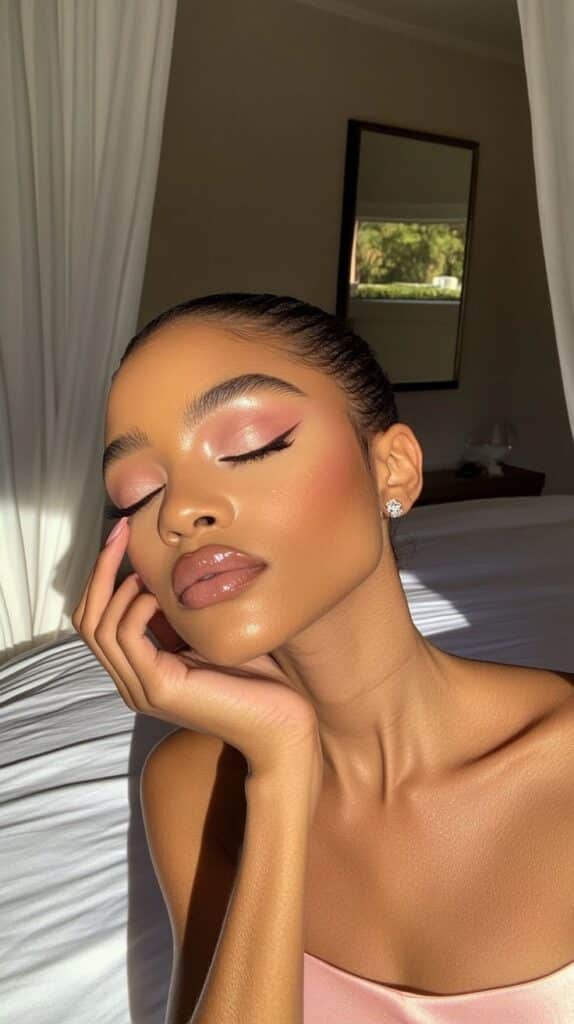
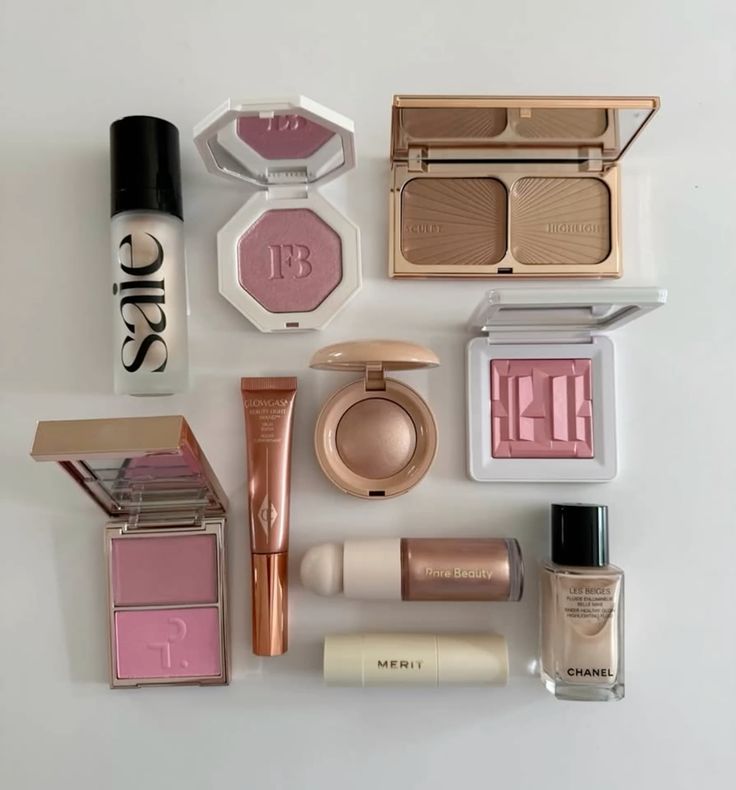
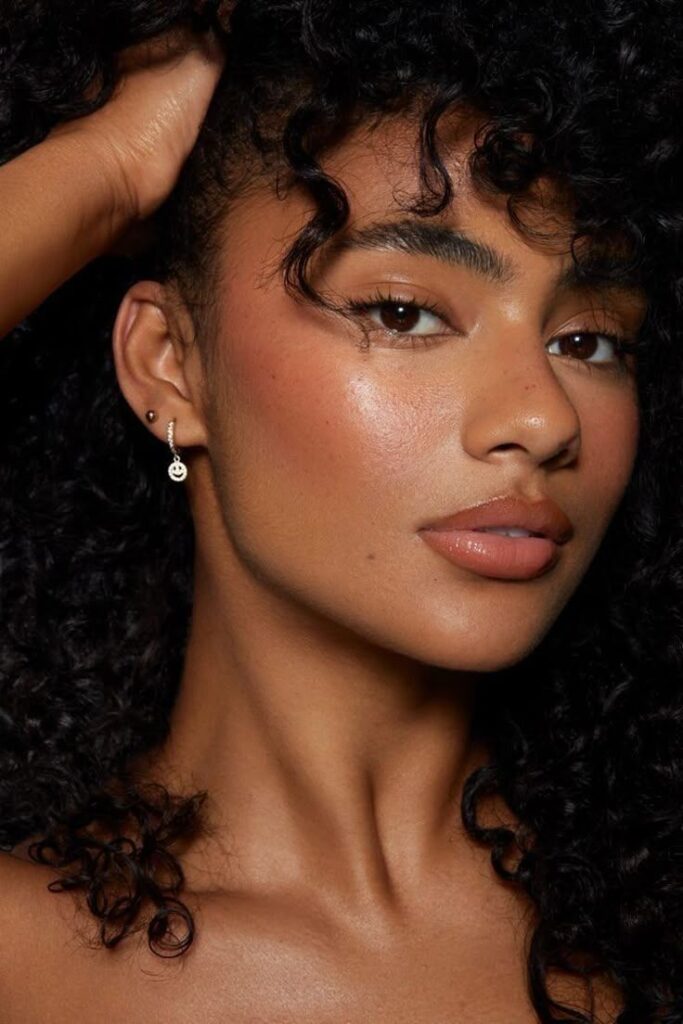
Defining the Natural Makeup Look
Natural makeup focuses on enhancing what you already have rather than masking it. It uses lighter products, softer techniques, and a balanced approach that keeps your skin looking like skin.
Key Characteristics of Natural Makeup
You achieve a natural look by using minimal coverage and shades that stay close to your skin tone. Instead of heavy foundation, you might choose a tinted moisturizer, BB cream, or just spot concealer where needed.
Soft blush in peach or rose tones adds subtle color without overpowering your face. Neutral eyeshadows, if used, should be close to your natural lid color. Mascara in brown or black can define your lashes without making them look overly dramatic.
A quick breakdown of common products:
| Step | Product Type | Goal |
|---|---|---|
| Base | Sheer foundation/tinted moisturizer | Even out skin tone |
| Concealer | Light coverage | Target small areas |
| Cheeks | Cream blush | Natural flush |
| Eyes | Neutral shadow, mascara | Soft definition |
| Lips | Balm or nude shade | Hydrated, natural finish |
The goal is to look refreshed and put together without obvious layers of product.
Embracing Skin Texture and Imperfections
Instead of trying to erase every pore or line, natural makeup lets your skin breathe. You use lightweight formulas that blend in easily and avoid caking or cracking.
Freckles, fine lines, and slight redness can remain visible, which helps your makeup look more believable. By not over-correcting, your face retains its natural dimension.
Cream-based products work well since they melt into the skin and move naturally with your expressions. Powder can be used sparingly, mainly in areas where you get oily, but keeping some shine helps maintain a skin-like finish.
This approach saves you time and prevents the discomfort of wearing thick layers throughout the day.
Healthy Look Versus Heavy Makeup
A healthy look often comes from enhancing glow rather than covering it. Lightweight primer or moisturizer gives your skin a smooth base, while subtle highlighter on the cheekbones creates a soft radiance.
Heavy makeup, on the other hand, can flatten features and hide natural tones. Thick contour, matte layers, and bold pigments may look striking, but they take away from the fresh effect of natural makeup.
You can think of natural makeup as aiming for your skin but better. Hydrated lips, defined brows, and a touch of color on the cheeks signal health without looking forced.
By focusing on balance, you create a look that feels comfortable and highlights your natural features.
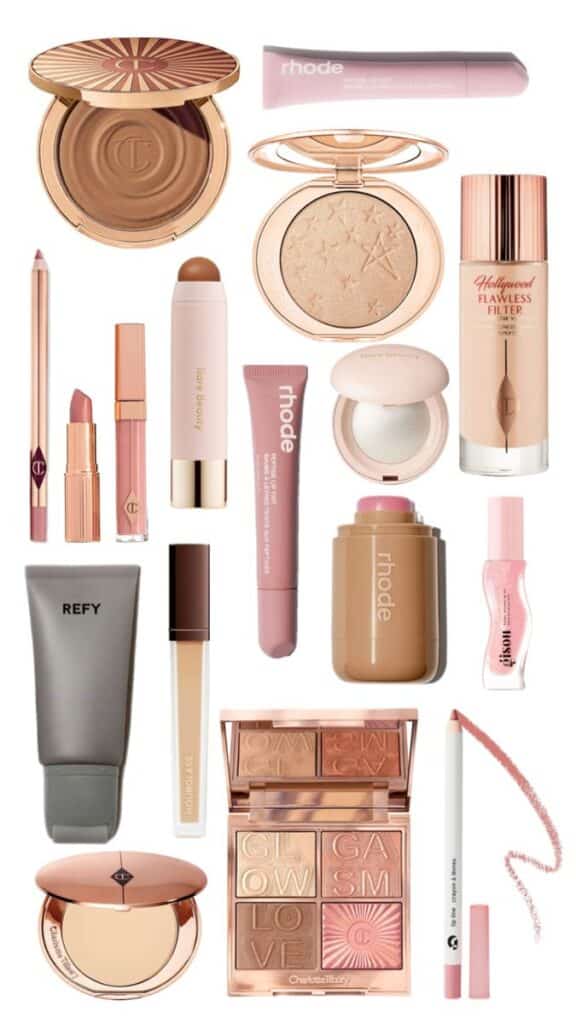
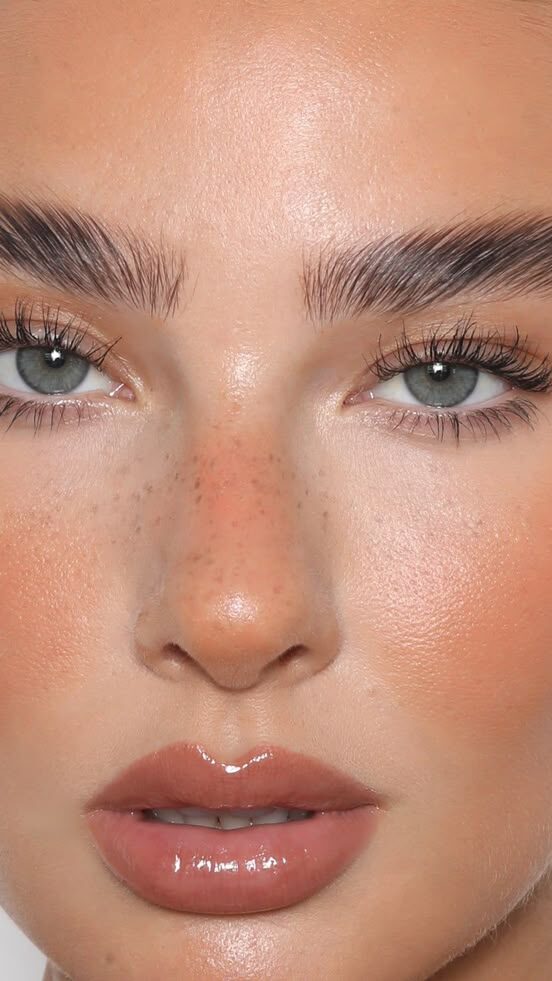
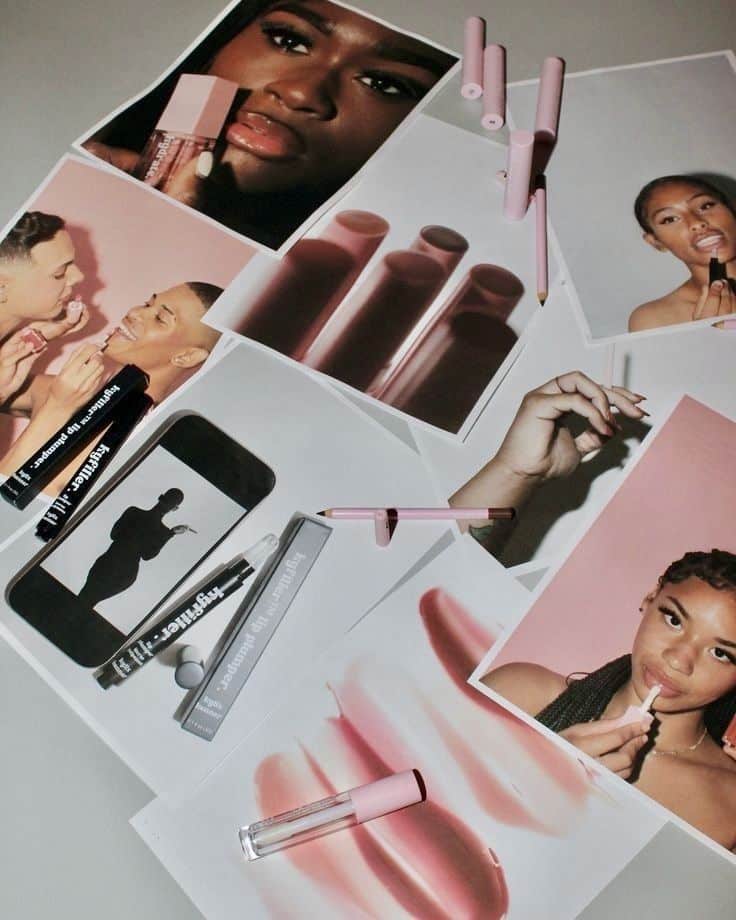
Techniques for Achieving a Natural Glow
A natural glow comes from balancing good skin preparation with light makeup application. You want to enhance your features, not cover them, so each step should focus on creating a healthy look with minimal effort.
Skin Preparation and Skincare
Your glow starts with skincare. Cleanse your face gently to remove buildup, then apply a lightweight moisturizer that suits your skin type. Hydration helps your makeup sit smoothly and prevents dry patches from showing through.
Using a primer can create a smoother surface and help your makeup last longer. Choose one with a radiant finish if you want extra luminosity. Sunscreen is also important, as it protects your skin and keeps it looking even-toned over time.
A simple routine might look like this:
- Cleanser: Removes dirt and oil
- Moisturizer: Locks in hydration
- Sunscreen: Protects from sun damage
- Primer: Optional, for smoother texture
By focusing on a consistent skincare base, you’ll need less makeup to achieve a fresh, healthy look.
Minimal Foundation and Concealer Application
For a natural finish, skip heavy layers of foundation. Instead, try a tinted moisturizer, BB cream, or light foundation that evens out your skin tone without hiding your natural texture. Apply only where needed, such as the center of your face or areas with redness.
Concealer works best in small amounts. Use it under the eyes or on blemishes, blending with your fingers or a sponge for a seamless result. Avoid applying it everywhere, as that can look heavy.
A helpful approach is:
- Tinted moisturizer for overall balance
- Spot concealer for targeted coverage
- Sheer powder (optional) to reduce shine in oily areas
This method keeps your skin looking like skin while still giving you a polished, healthy look.
Subtle Highlighting and Blushing
Highlight and blush add dimension without the need for heavy contouring. Choose a cream or liquid highlighter for a soft sheen and apply it to the tops of your cheekbones, brow bone, and bridge of your nose. Stick to shades close to your skin tone for a natural effect.
For blush, cream formulas blend easily and mimic a natural flush. Apply a small amount to the apples of your cheeks and blend upward toward your temples. This creates a lifted, radiant appearance without sharp lines.
When choosing shades:
- Peach and coral tones suit warm skin
- Rose and berry tones suit cool skin
- Neutral pinks work well on most tones
The goal is to add gentle color and light so your skin looks fresh, healthy, and naturally glowing.
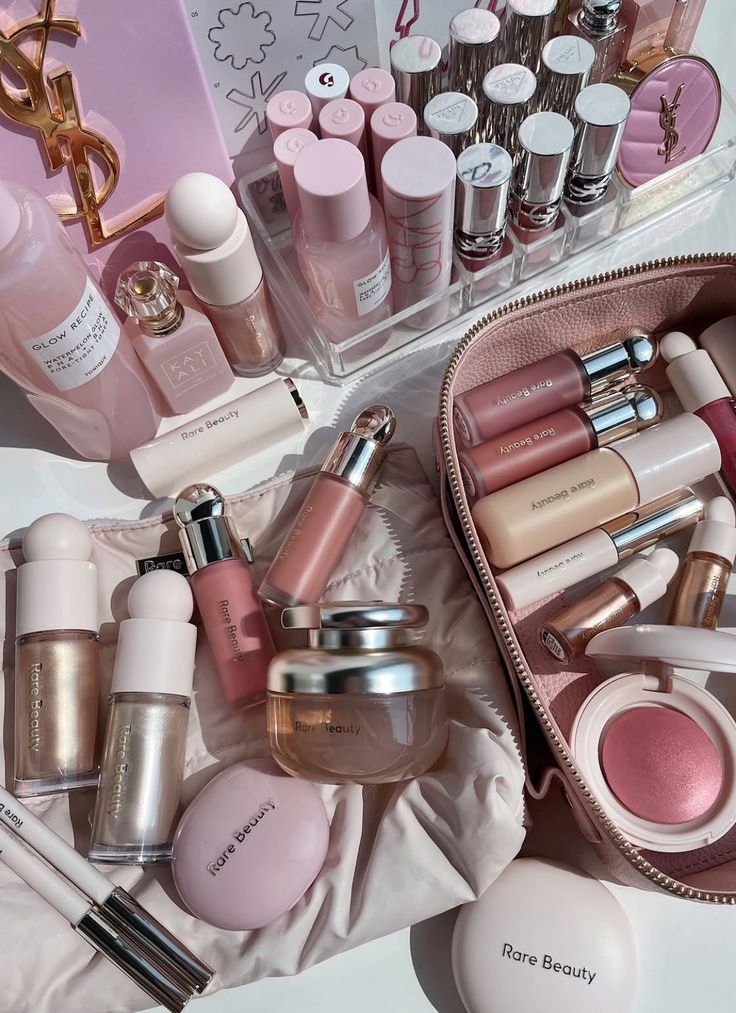
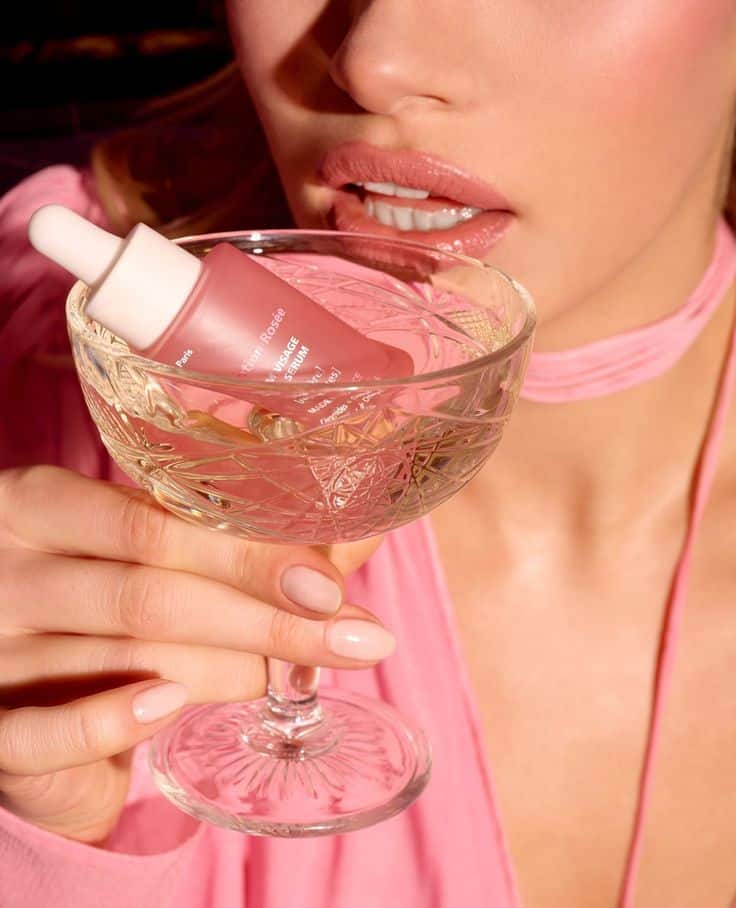
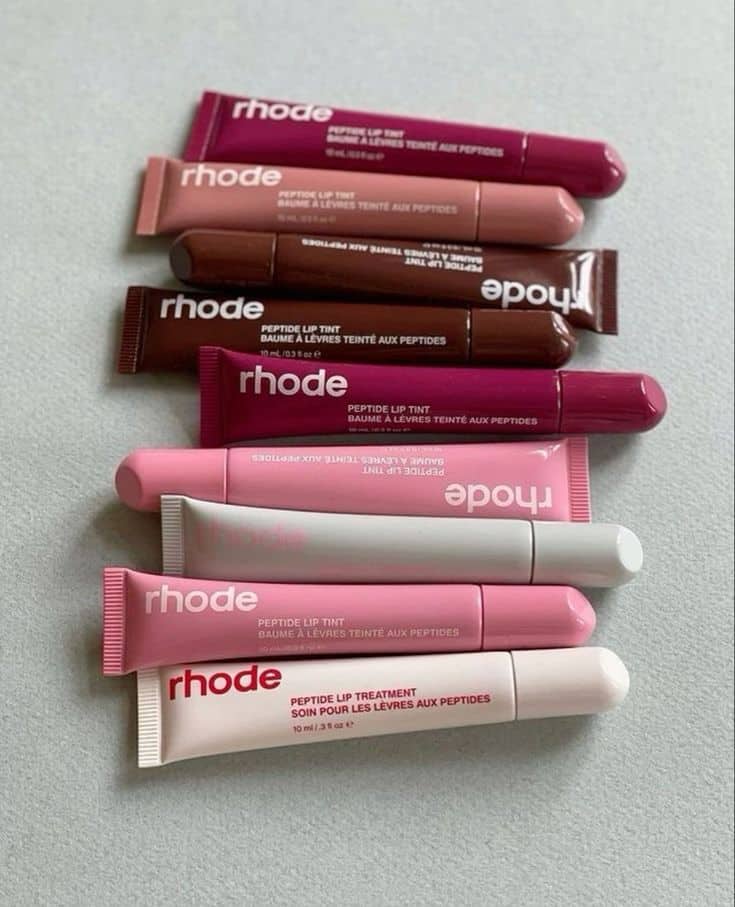
Rethinking Contouring for Subtle Definition
You can enhance your features without relying on heavy layers of makeup. By using softer techniques and carefully chosen products, your skin looks more natural while still gaining definition in the right places.
Lightweight Contouring Methods
Instead of sharp lines, focus on blending lightweight formulas that create a soft shadow. Cream sticks, sheer powders, and tinted balms all work well because they melt into the skin rather than sitting on top.
Apply contour sparingly to areas like the hollows of your cheeks, sides of the nose, and jawline. Use a small brush or sponge to diffuse the product outward so no harsh edges remain.
A helpful approach is to use the “less is more” rule: start with a small amount, then build only if needed. This prevents the mask-like effect that heavy contouring often creates.
You can also try soft sculpting, a technique that uses neutral tones close to your skin shade. It adds gentle depth without looking obvious. This method works especially well in daylight when strong contour lines are easier to spot.
Choosing the Right Products for a Natural Finish
Pick products that match your undertone and blend easily. A contour shade should usually be one to two shades deeper than your natural skin tone, leaning neutral or slightly cool for realistic shadows.
Cream-based products often look more natural on dry or combination skin, while finely milled powders suit oily skin. Both can deliver subtle definition if applied with a light hand.
Look for formulas labeled buildable or sheer coverage. These let you control intensity and avoid over-application.
Here’s a quick reference:
| Skin Type | Best Formula | Finish Result |
|---|---|---|
| Dry/Normal | Cream sticks, balms | Smooth and dewy |
| Oily/Combo | Lightweight powders | Matte and natural |
Using the right texture and shade ensures your contour blends seamlessly, keeping your makeup polished but understated.
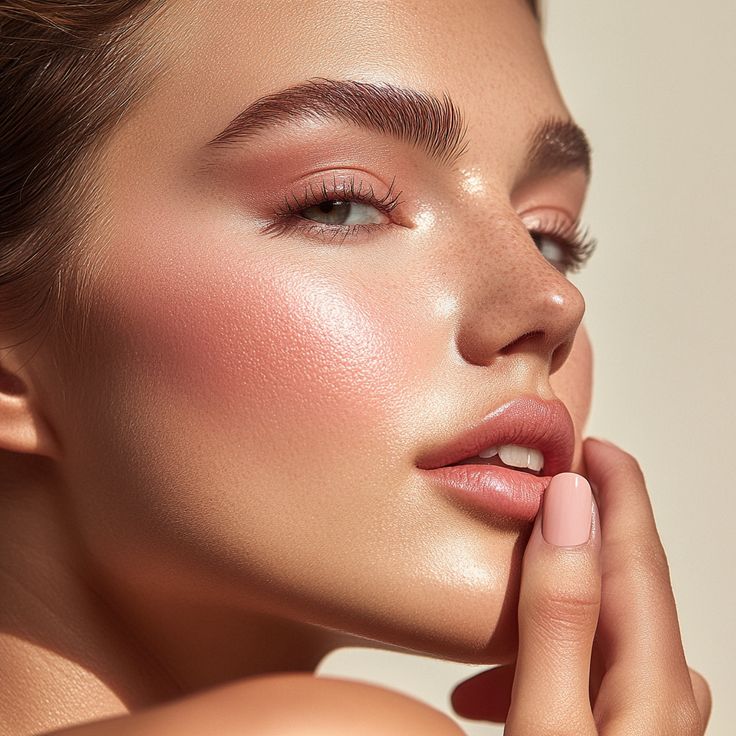
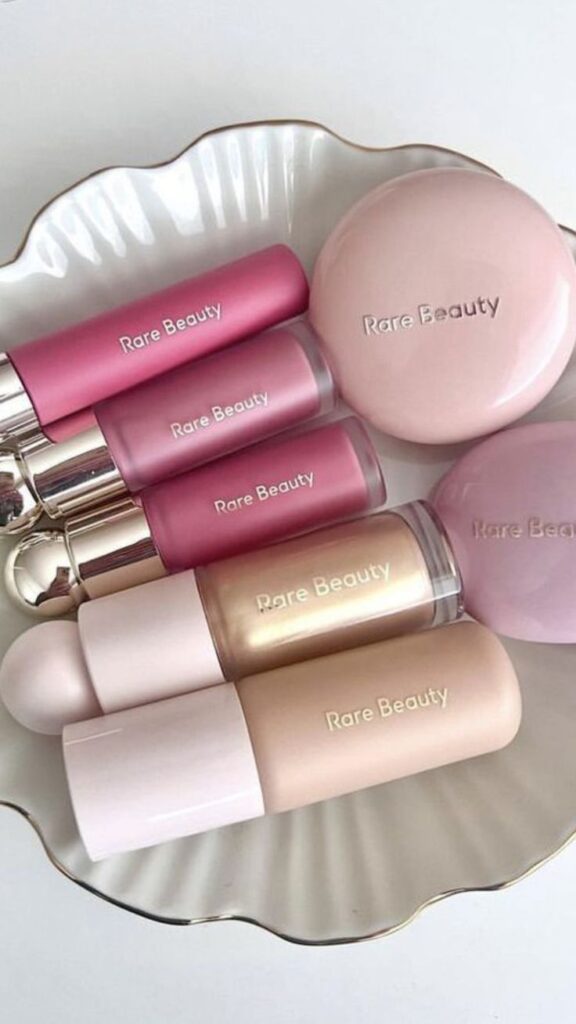
Recommended Products and Tools for Natural Makeup
Choosing the right products makes it easier to keep your skin looking fresh while avoiding a heavy or overly sculpted finish. Lightweight coverage, subtle glow, and the correct tools help you achieve a balanced look that enhances rather than masks your features.
Foundations and Tinted Moisturizers
You’ll want to start with a base that feels breathable and blends seamlessly. Tinted moisturizers and lightweight foundations are ideal because they even out your skin tone without creating a thick layer. Look for formulas labeled as clean, non-comedogenic, or fragrance-free if your skin is sensitive.
Many natural makeup brands now offer options that include skincare benefits. For example, you can find tinted moisturizers with SPF, hyaluronic acid for hydration, or mineral pigments that give a soft finish. These products help you skip extra steps in your routine while keeping skin comfortable.
When choosing shades, stick close to your natural undertone. A good match will disappear into your skin without leaving a noticeable line. If you’re unsure, test along your jawline rather than your wrist for the most accurate result.
Tip: Apply with a damp sponge for sheer coverage or a small buffing brush if you prefer slightly more polish.
Highlighters and Bronzers
Instead of heavy contour sticks, you’ll get a softer look with cream or liquid highlighters and bronzers. These formulas melt into the skin and avoid the harsh lines that powder products can create. A touch across the cheekbones, temples, and bridge of the nose is enough to add dimension.
Natural-finish highlighters often use fine shimmer rather than glitter, so you get a subtle glow. Choose shades like champagne, rose gold, or soft bronze depending on your skin tone. The goal is to mimic how light naturally hits your face.
For bronzers, lean toward sheer creams or balms that blend easily. You can layer them gradually instead of applying a strong stripe of color. This approach keeps your skin looking warm and healthy without feeling overdone.
Brushes and Application Tools
The tools you use can change how natural your makeup appears. Brushes with soft, synthetic bristles work well for blending cream and liquid products. A stippling brush can give you a sheer finish, while a dense buffing brush builds more coverage if needed.
Sponges are useful for pressing product into the skin rather than leaving it sitting on top. When slightly damp, they prevent streaks and help achieve a seamless blend. This makes them especially good for tinted moisturizers and cream bronzers.
Don’t forget smaller tools for detail work. A small angled brush can softly define brows, while a fluffy eyeshadow brush can sweep a single neutral shade across your lids. Keeping your tools clean also matters since buildup can affect both application and skin health.


